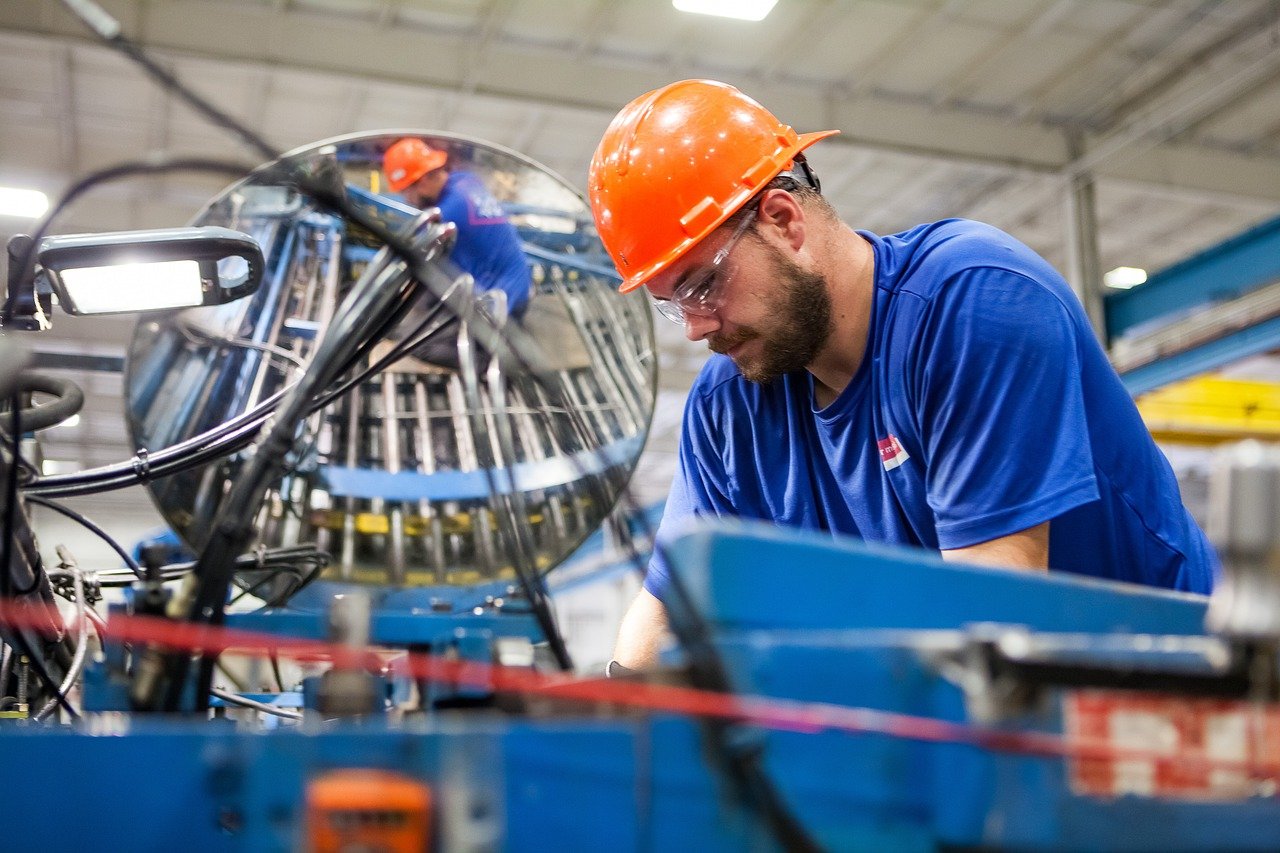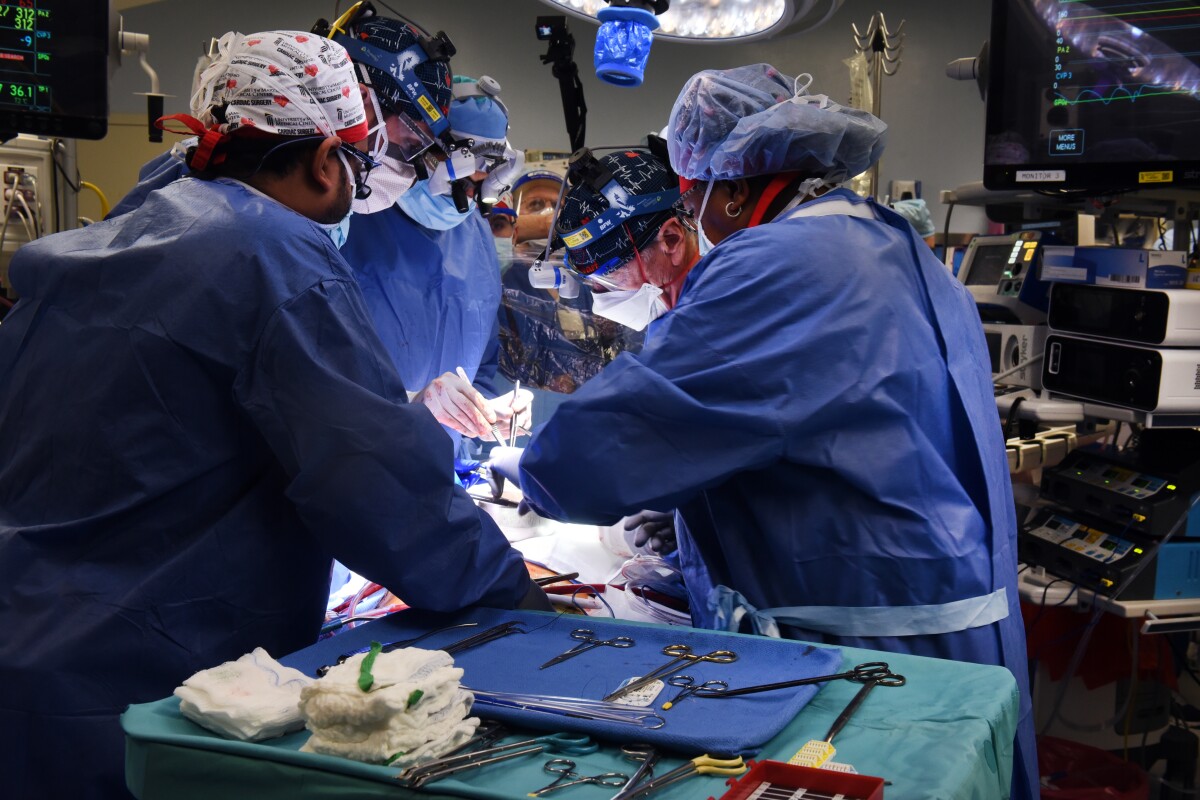The fact that the COVID-19 pandemic affected industries and wreaked havoc on the supply chain is old news by now. However, the metal fabrication industry is one of the most affected. The pandemic and the supply chain issues piled up on existing challenges with regards to the availability of resources.
The sector was already impacted by labor shortages and raw material shortages. Plus, the demand was never constant in this industry. Come the pandemic and now producers have to make do with increasing demands on the background of a supply chain crisis and a labor crisis.
So how is the sector doing? Will the current shortages and challenges affect the world in the near future? How are we going to cope and should we worry about the fact that the metal fabrication industry may actually have to come to a halt?
While it may seem like a doom and gloom scenario, some manufacturers managed to overcome the challenges and adapt to the new world order. So, let’s have a look at the main issues the metal fabrication supply chain had to face and the solutions that may help overcome them.
Social Distancing in the Workplace
The supply chain doesn’t suffer just from increased transportation difficulties (increased screenings at the border or blocked shipments in ports). The chain is also blocked when one of the links fails to do its job.
This way, a car manufacturer (for example) can’t put its products on the market if one of the OEMs in the chain fails to deliver an important engine component.
This situation happened in many industries because the OEM couldn’t ensure adequate social distancing in the workplace. Therefore, they couldn’t stay open during lockdowns and the production halted.
Some OEMs managed to adapt and learn from the experience by adjusting the workplace to the current requirements. Furthermore, they are willing to share their plans and methods in order to help other manufacturers get back in business. For instance, if you check the Steel Supply resources you’ll find a series of helpful tips and tricks that can help you move forward.
Full Transparency & Supply Chain Networks
The metal fabrication supply chain is a complex beast that, at times, seems to have no end and no beginning. After all, how many car manufacturers can tell with absolute certainty where each of the components in the engines of the cars they sell has originated?
Sure, you know that piece X was produced by manufacturer Y, but that’s where the transparency ends. You don’t know where the manufacturer gets their raw materials and you may not even know if they are the ones to completely produce the piece.
This complexity gave rise to a whole bunch of problems which is why reliable OEMs are very fond of transparency on the supply chain. This meant that OEMs would rather work with a few large and reliable suppliers who could provide them with the transparency they craved.
Then the pandemic hit and some of the big suppliers couldn’t deliver on time or according to specifications. This showed the world of metal fabrication that there’s a need for a network of suppliers, where if one supplier shuts down, another can take its place.
Key Takeaways
As the supply chain starts to recover, OEMs all over the world still have to deal with shortages in some of the most used materials in the fabrication industry. However, if the chain stays transparent, customers will be able to adapt in time to avoid any major delays. Sure, there are still serious challenges to face when it comes to labor shortages and work conditions, but the players who want to stay in the game must adapt to the new rules
OEMs must learn to put their workers first and work hard to build a supportive network of suppliers that can be activated in time of need.







